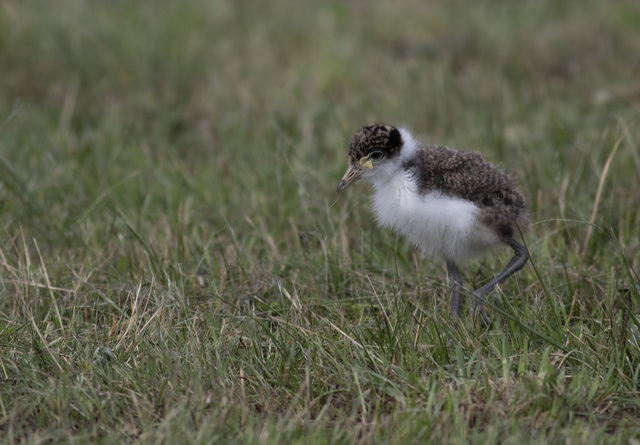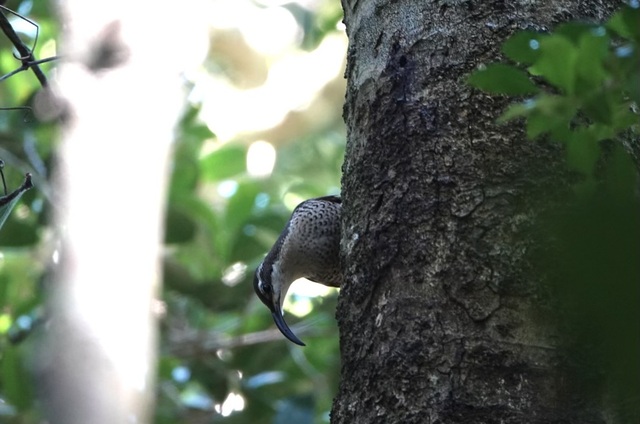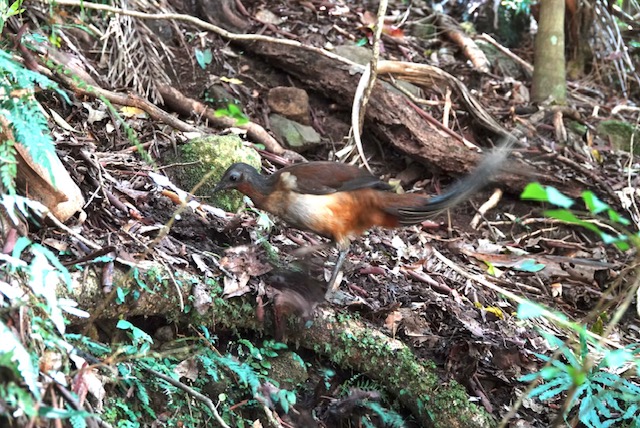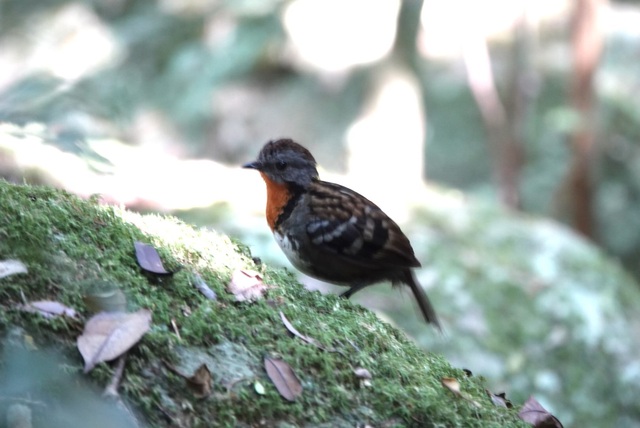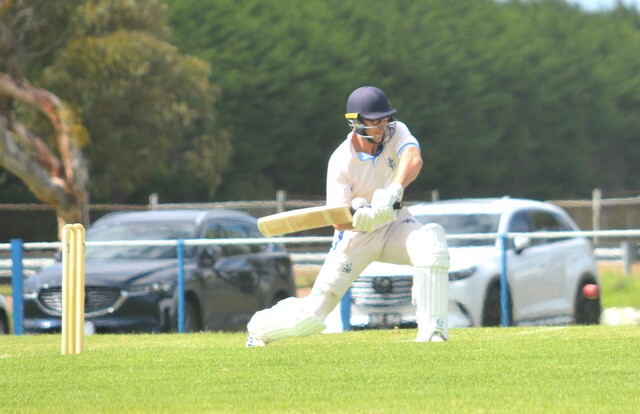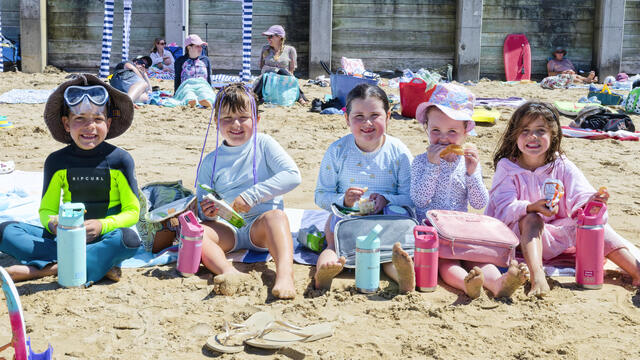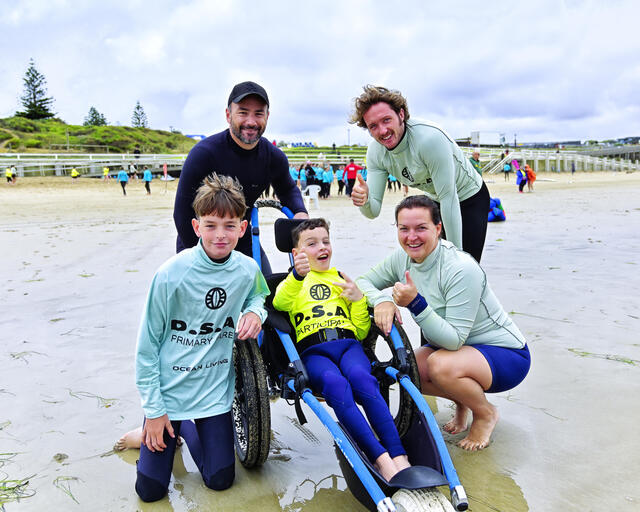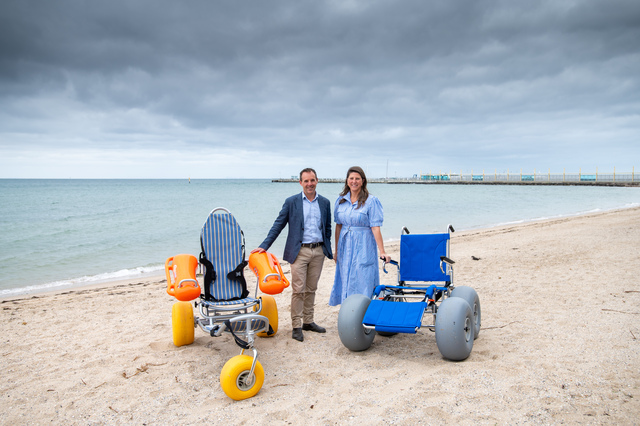There have been a few wild and windy days over the past few weeks, and I’ve been worried about fledgling birds falling out of nests, although I haven’t seen any evidence that this has happened in the local area.
We certainly could do with some decent spring rain over the next few weeks.
I received a message from Pete and Chris, who have been holidaying at Lamington National Park, which is in southern Queensland. They reported that they were thoroughly enjoying the walking trails and birding, and they sent me some photos of a Regent bowerbird, Albert’s lyrebird, Australian logrunner and a paradise riflebird.
I have been to Lamington National Park and saw all those iconic birds except for the riflebird, which I would have loved to have seen.
I must say that the emails that I have received from Queensland over the past few weeks have made me green with envy and I have felt like telling my boss that I need a few weeks of birdwatchers leave.
I was at Book Grove bookshop during the week and owner Stacey informed me that she had a tawny frogmouth in her garden. The tawny frogmouths that I have been watching for many years have been absent from their usual perching spots and are also not in the tree where they usually construct their nest, so hopefully they have found a better nesting tree option.
I visited Robyn to check if the peacocks that live on her property have been nesting. Robyn informed me that the male had an unfortunate episode where it failed to get out of the way when Robyn was reversing on her quad bike and ended up with the tail feathers stuck under one of the wheels. Fortunately, the beautiful bird has recovered from this incident quite well, but I think Robyn is still shaken up.
On Robyn’s property I saw two Latham’s snipe in the wetland, as well as 28 other species of birds.
On the same day I was driving along the Bellarine Highway and near Suma Park homestead there were more than 50 yellow-tailed black cockatoos eating grass seeds in a paddock right next to the road.
There have been many reports of masked lapwing chicks around the Bellarine. There are three hatchlings at the end of my street that are now around two weeks of age, and they seem to be thriving.
The masked lapwing parents have been nesting in the same habitat for several years
now and are very experienced parents, and they are experts at swooping at anything that they may consider a threat to their chicks.
I received a message from Carole, who lives in St Leonards. This time of year, there are usually a small flock of migratory shorebirds known as ruddy turnstones on the beach at St Leonards.
She has not seen any yet, so hopefully they are not too far away from settling in St Leonards for the summer months.

